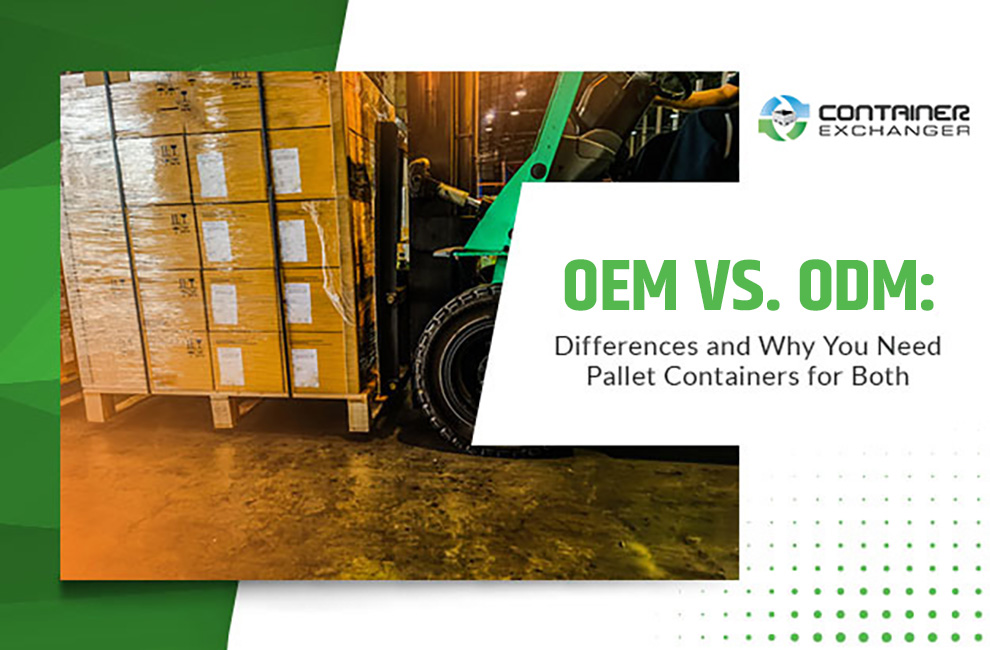Constant Velocity Joints (CV Joints) play a critical role in the functionality and health of any vehicle. These mechanical components are responsible for transmitting power from the transmission to the wheels, while also allowing for flexibility and movement when the steering system is engaged. Properly maintaining these components is crucial in ensuring the smooth operation and longevity of any vehicle.

CV Joints are primarily found in vehicles that have front-wheel drive. On these vehicles, the CV Joints are typically located at the ends of the drive shafts, which connect the transmission to the wheels. CV Joints are also found in some all-wheel-drive vehicles and in the rear axles of some trucks and vans.
There are two main types of CV Joints: the inner joint and the outer joint. The inner joint is responsible for transferring power from the transmission to the wheels, while the outer joint allows for flexibility and movement when the wheels are turned. Both joints work in tandem to allow the wheels to move while also ensuring that the drive shaft remains securely connected to the transmission.
Like any mechanical component, CV Joints require proper maintenance in order to function optimally. Failure to properly maintain these components can lead to a variety of issues, including decreased fuel efficiency, a decrease in overall vehicle performance, and even complete failure of the drive shaft.
One of the most important things that vehicle owners can do to properly maintain their CV Joints is to keep them lubricated. These components rely on a constant flow of grease to prevent friction and wear, which can cause the joint to fail prematurely. Regularly scheduled maintenance, such as oil changes, can help ensure that the CV Joints are properly lubricated.
Another key component of proper CV Joint maintenance is regular inspection. This means checking the components for any signs of damage, wear, or rust. Any damage to the CV Joints should be addressed immediately, as it can quickly lead to more serious issues down the road.
Proper alignment is also crucial for the health of the CV Joints. Misaligned wheels or suspension can cause excessive wear and strain on the joints, leading to premature failure. Regular wheel alignments and suspension checks can help prevent these issues from occurring.
Finally, it is important for vehicle owners to be aware of any signs of CV Joint failure. These can include a clicking or popping noise when turning, especially at low speeds, a vibration during acceleration, or a shuddering sensation when driving at high speeds. Any of these symptoms should be addressed immediately, as they can indicate a serious issue with the CV Joints or the drive shaft.
Properly maintaining CV Joints is critical in ensuring the safety and functionality of any vehicle. Regular maintenance and inspection can help prevent premature failure and ensure that the vehicle remains in peak condition for years to come. By following these tips, vehicle owners can help ensure that their CV Joints remain in good condition and that their vehicle remains safe and reliable.